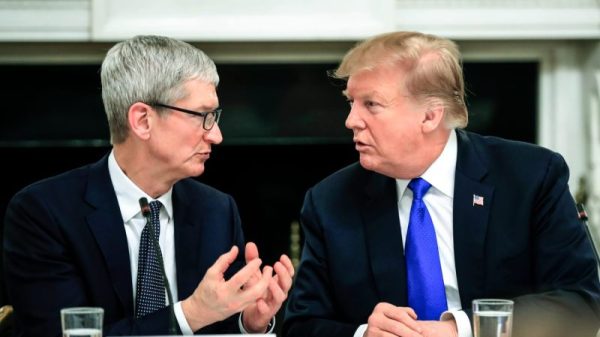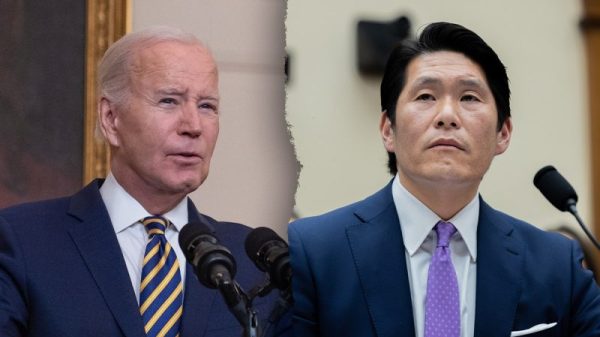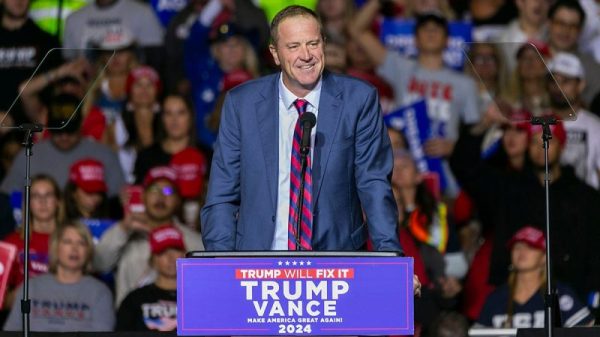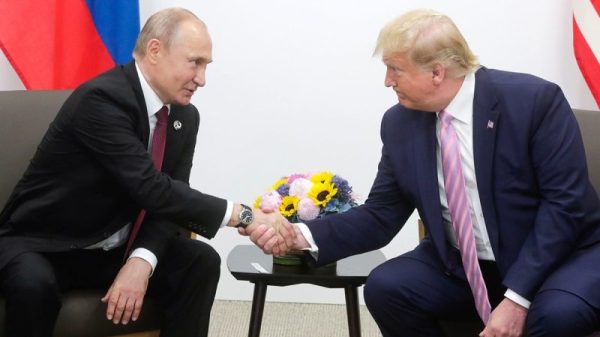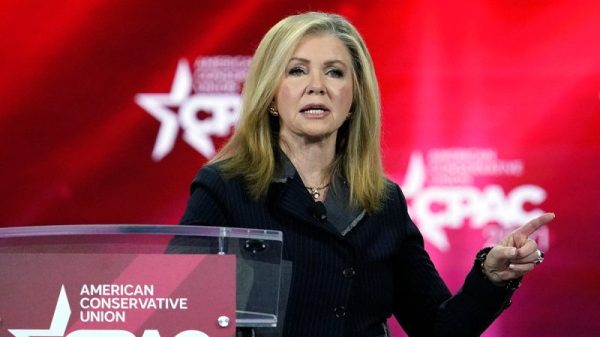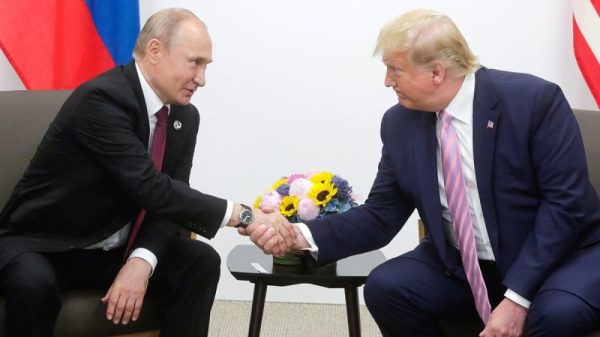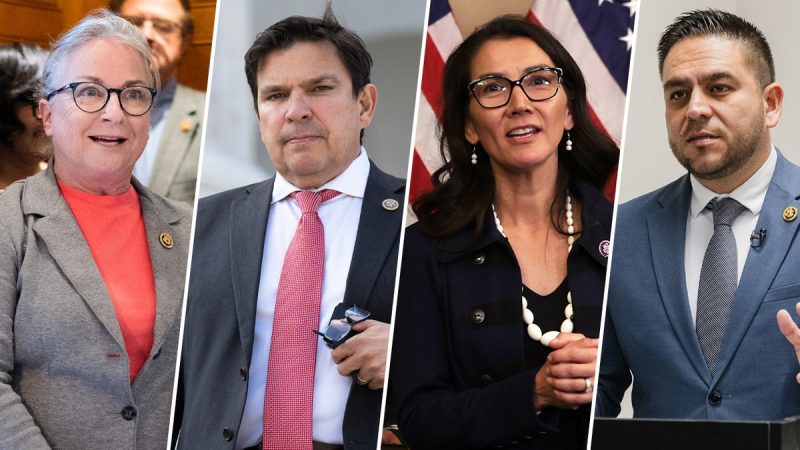**Key Points:**
1. **Introduction of Vulnerable House Democrats:** The article discusses 16 vulnerable House Democrats who have traveled a combined 133 times to the White House during President Biden’s tenure.
2. **Analysis of White House Visits:** The piece scrutinizes the frequency and nature of these visits, highlighting the potential influence and implications they may have on these lawmakers’ political stance and connections.
3. **Identified Vulnerable Democrats:** The article outlines the list of the identified vulnerable House Democrats and discusses their districts, political standing, and the potential impact of their White House visits on their reelection prospects.
4. **Potential Policy Influence:** By examining these visits, the article assesses the potential policy influence that these Democratic lawmakers may have been seeking or receiving from the White House, shedding light on their motivations and intentions.
5. **Public Perception and Accountability:** The article raises questions about public perception regarding these visits and addresses the issue of accountability, urging transparency and ethical practices in political engagements that involve personal interests.
6. **Democratic Party Dynamics:** Through this analysis, the article touches upon the dynamics within the Democratic Party, exploring how interactions between vulnerable House Democrats and the White House could shape party strategies and cohesion.
7. **Challenges and Considerations:** The article acknowledges the challenges and complexities surrounding political engagements at the White House, emphasizing the need for continuous scrutiny, responsible representation, and adherence to ethical standards.
8. **Public Engagement and Oversight:** Concluding with a call for public engagement and oversight, the article advocates for vigilance in monitoring lawmakers’ interactions with the executive branch to ensure transparency and accountability in the democratic process.
By dissecting the impact of these visits on political dynamics, electoral prospects, policy formulation, and public trust, the article provides valuable insights into the complexities of political engagements and underscores the importance of ethical conduct and public vigilance in maintaining a healthy democratic system.









